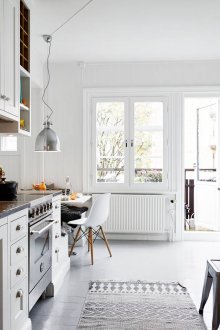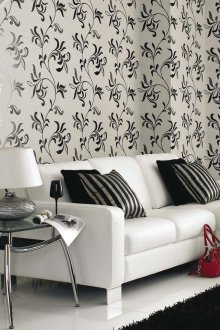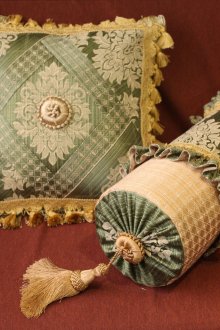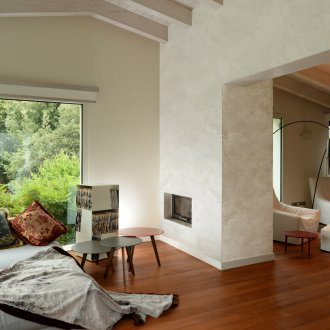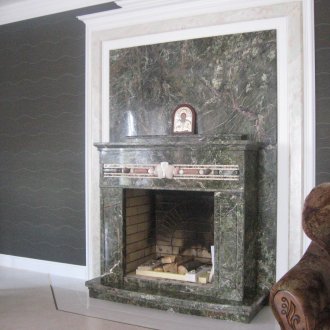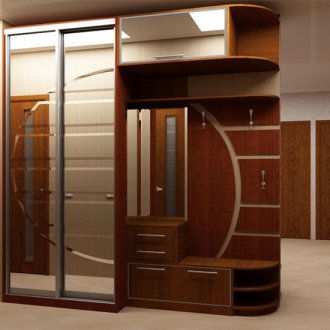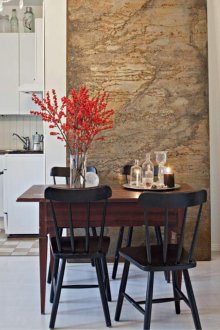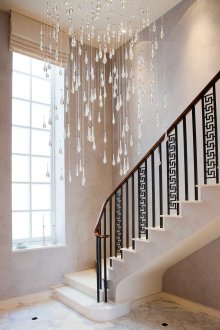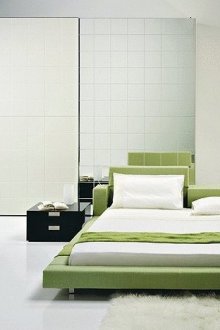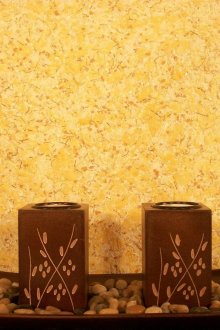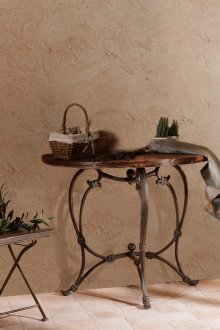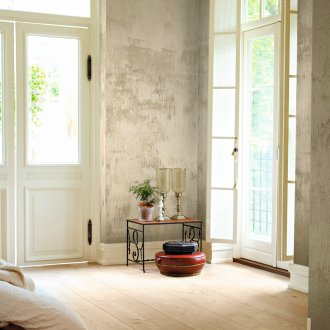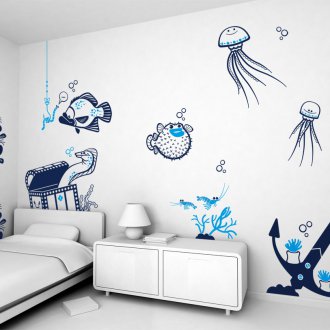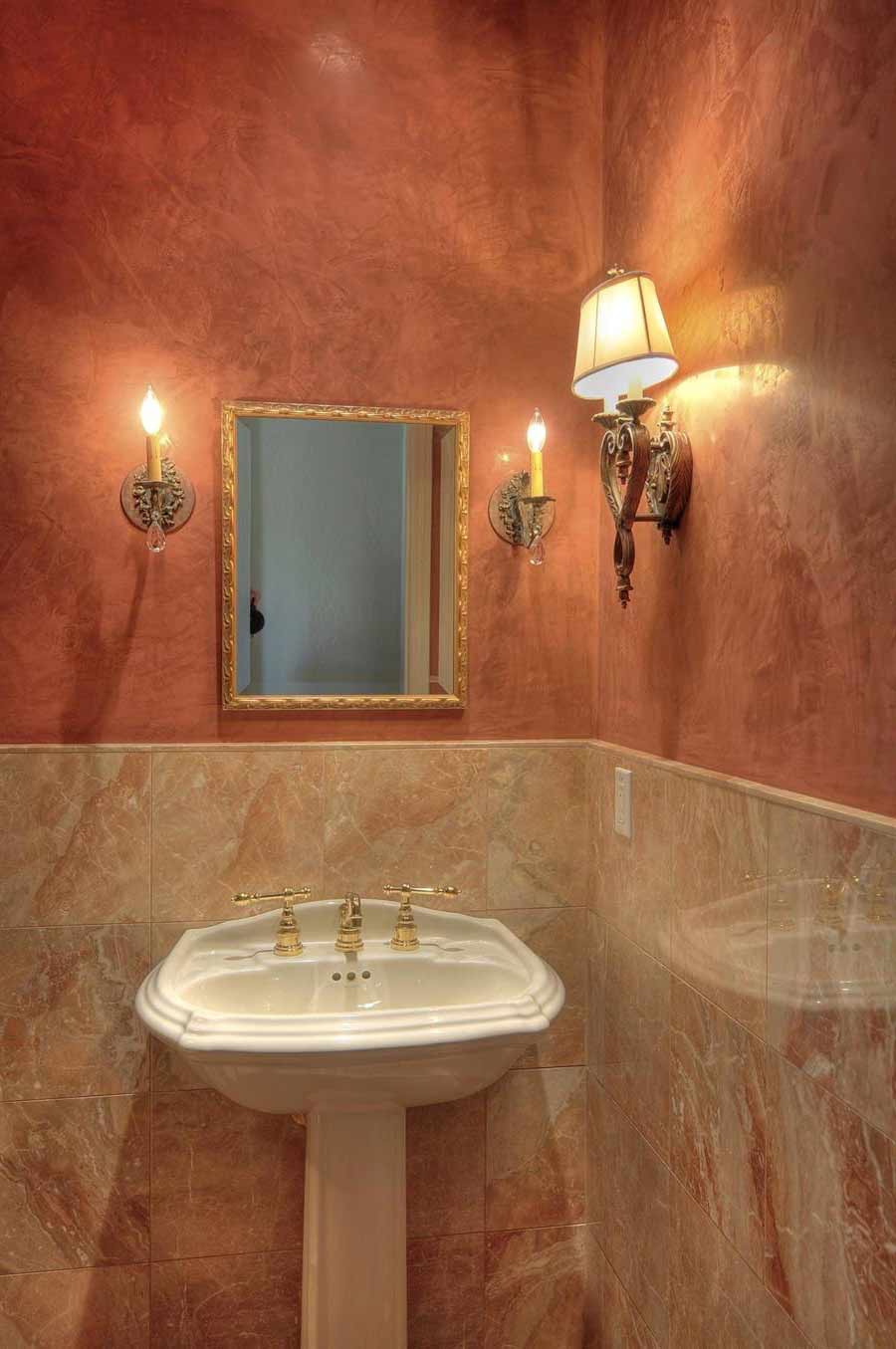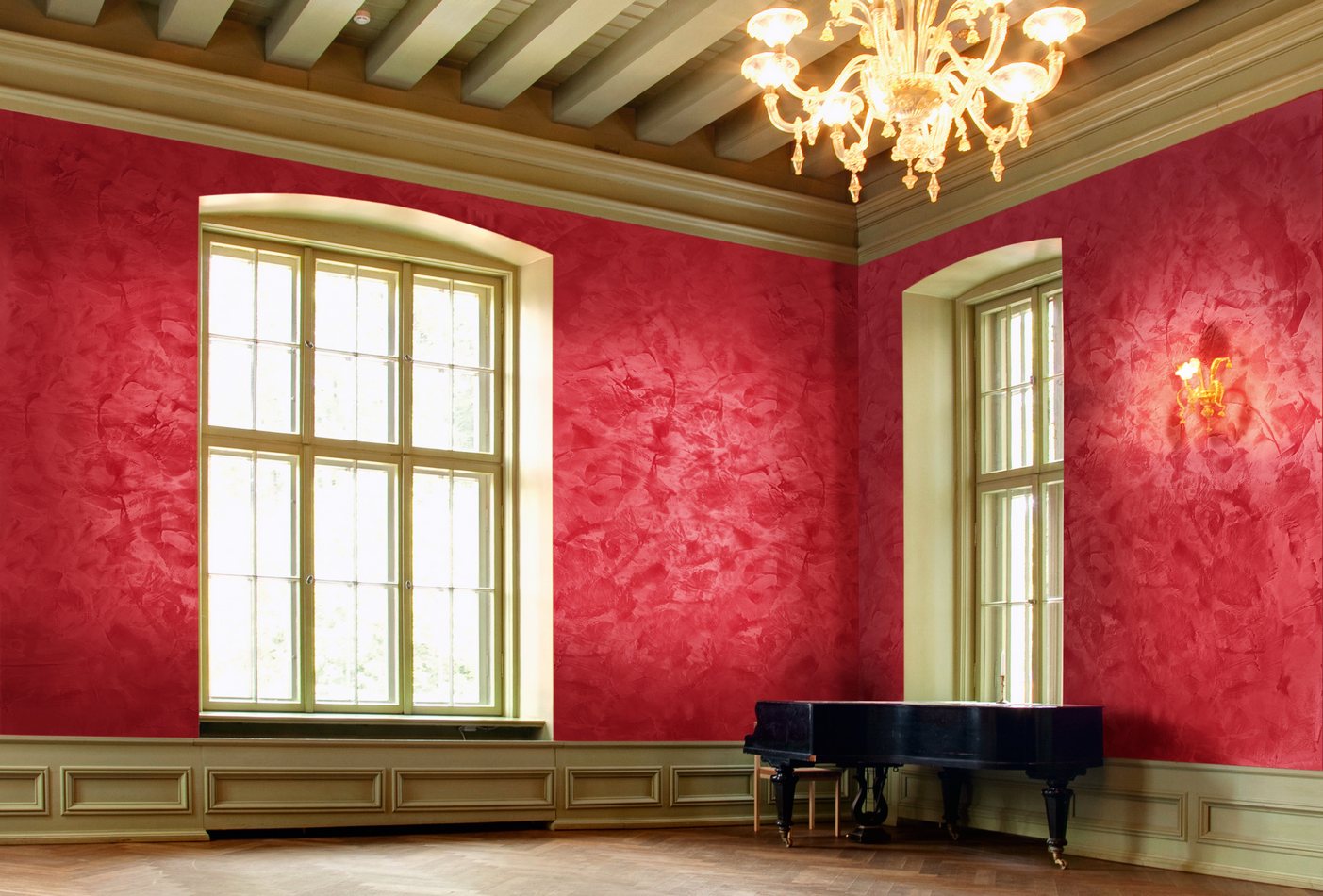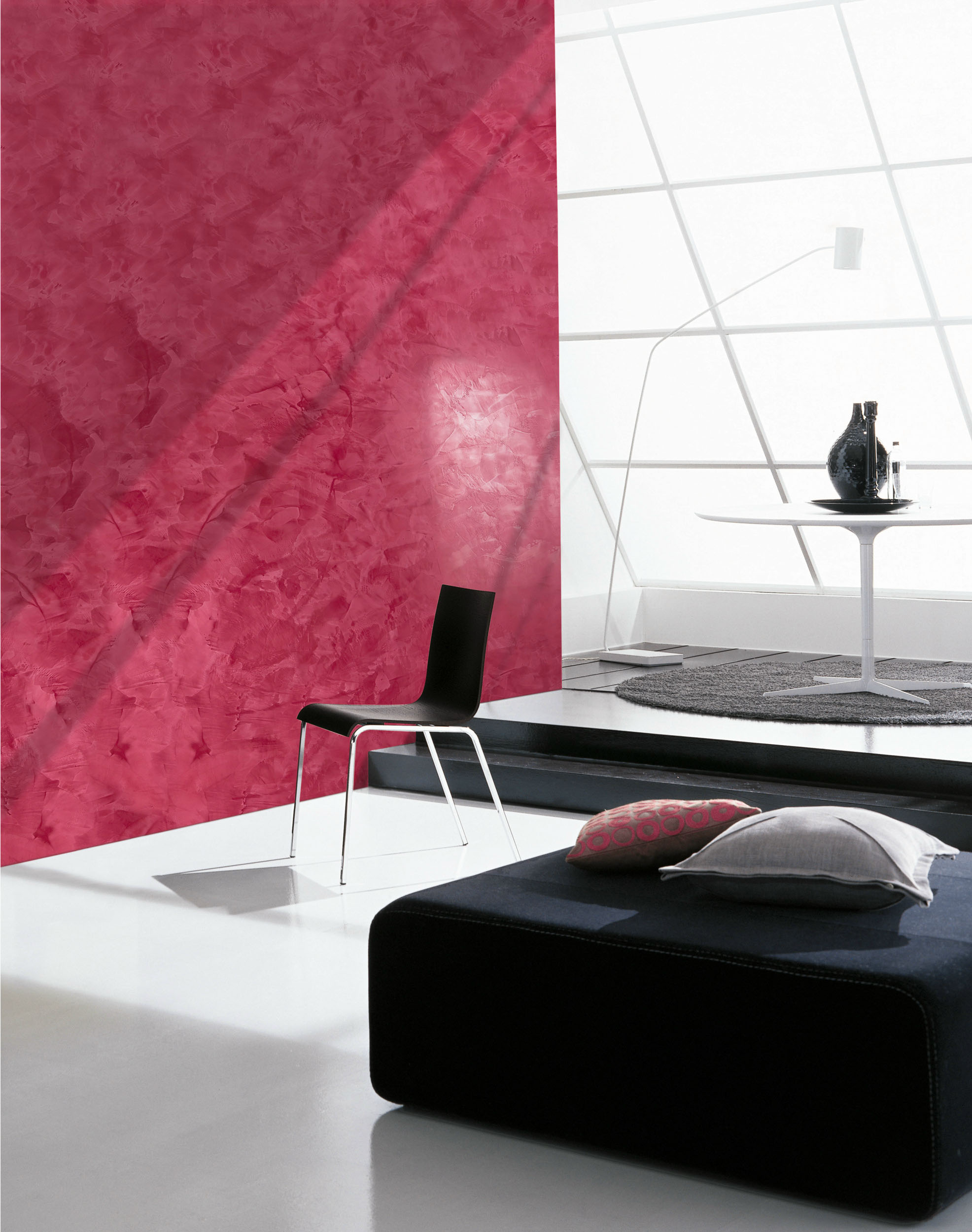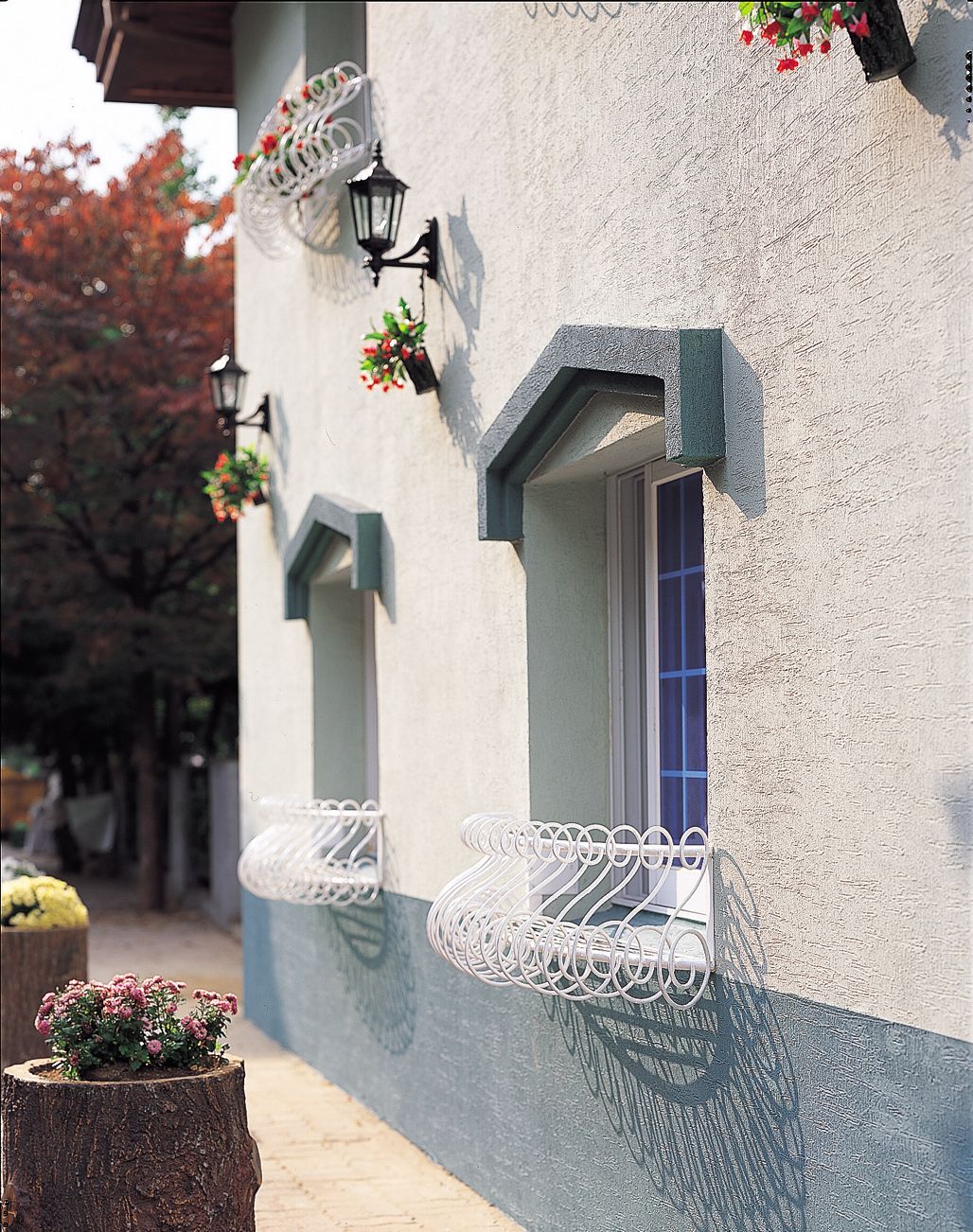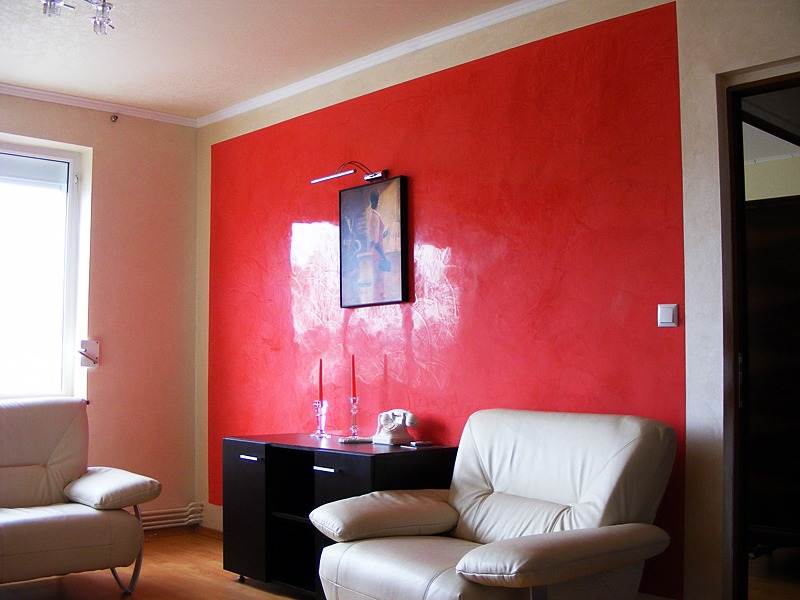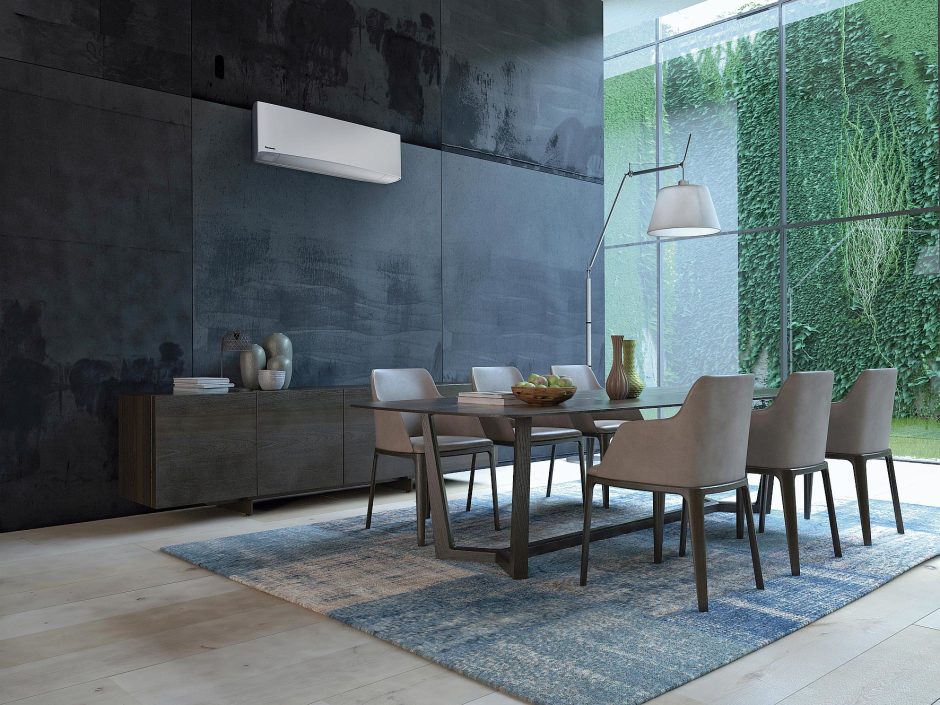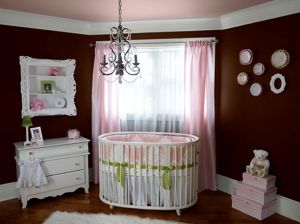Mineral plaster: varieties and main characteristics (24 photos)
Content
Most often, when we hear talk about plastering surfaces, there is an association with the work of roughing the walls and closing cracks outside and inside the room. However, with the advent of new construction technologies, the very concept of “stucco” acquired a slightly different status. Today it has become very fashionable to use such material as mineral decorative plaster for the final internal and external decoration of offices and even residential premises. At the same time, the surface of the walls acquire a unique structure and unique relief.
What is mineral plaster?
The name itself suggests that the basis of the composition of the mixture for plastering surfaces includes natural materials. That is why mineral plaster is an absolutely clean and environmentally friendly finishing building material.
The composition of the dry mineral mixture for finishing plastering includes:
- slaked lime (lime hydrate);
- Portland cement (white), which is a binder and gives the surfaces a light tone;
- fillers: granules of natural stone, small crumbs of marble or granite (to give the plastered surfaces the original texture patterns), crushed anthracite, glass, mica, ceramic balls, colored clay, as well as quartz sand;
- modifiers - substances whose presence in the mixture increases the performance characteristics of plastered surfaces, which is important when exposed to aggressive environmental conditions.
With the exception of modifiers, which are also mainly natural substances, no chemical components are included in the mineral plaster. This fact is the main one when choosing mineral plaster for decorative decoration of walls indoors and on facades.
Compositions containing mica, anthracite and glass should not be used for internal work, since dust from these components can be harmful to health. For decorating walls indoors, it is better to use compositions with crumbs of marble or quartz.
On sale mineral plaster for interior work and for the decoration of facades comes in the form of a dry mix packaged in bags, which is diluted with water in accordance with the instructions before starting work.
After the plaster dries, a durable heat and sound insulating layer is formed on the wall, which also has non-combustible properties.
Pros and cons of using mineral plaster
In addition to its environmental characteristics, a number of advantages speak in favor of the use of mineral plaster for wall decoration:
- the strong layer does not crumble, withstands minor mechanical influences without damage to the integrity;
- resistance to atmospheric precipitation in the form of rain, snow or hail;
- the porous structure allows the walls to breathe;
- not afraid of temperature changes - the integrity of the finish without cracks is maintained;
- does not contain combustible materials in the composition, therefore it is resistant to fire;
- good performance provides easy care - decorative plaster can be washed and cleaned with any detergent, even with aggressive chemical components.
Of the smallest shortcomings that mineral plaster has for facades and interior decoration, the main thing is the limited palette of colors. Basically, this is a line from white to various shades of gray. However, this drawback is easily overcome by surface painting walls in any color.
Sometimes you can hear about the appearance of small cracks on the decorative surfaces. This disadvantage appears when the technology of work is not observed when applying decorative plaster to the walls.
Features of some types of mineral plaster
Depending on the application, mineral plaster can be divided into two main groups: decorative plaster for interior use, mineral facade plaster.
These two types of mineral plaster have significant differences between themselves in technical characteristics and external effect. So, plaster for interior decoration has the greatest decorative qualities, but it cannot be used for facade work, since it is less resistant to the external effects of negative natural factors.
Despite the low decorative properties and a rough look compared to stucco for interior work, in some cases facade stucco can also be used for interior decoration. The composition of the facade plaster includes cement, so it is highly resistant to aggressive environmental influences.
According to the structural type of surface, mineral plaster can be divided into several main types:
- pebble decorative plaster;
- "Bark beetle";
- "Fur coat";
- "Venetian".
Pebbled plaster is sometimes called “lamb”, since the surface treated with it resembles the skin of a young lamb. This effect is achieved by applying a plaster mixture to the surface in a circular motion, which contains a large number of small mineral or ceramic granules.
“Bark beetle” differs from “lamb” in the lower content of granules in the composition, as well as in the application technique: here the plaster is applied by hand movements in only one direction, vertical or horizontal. At the same time, from the pebbles contained in the plaster, a characteristic trace remains on the surface, resembling that of a bark beetle.
The main difference between the “fur coat” and the two previous species is the finer fraction of the filler, as well as in the application technique, which creates a pimpled surface. This effect is achieved as follows: first, a layer of plaster is applied to the wall and leveled over the entire area. Then the grater is placed on a smooth plastered area and sharply torn off - the solution stretching behind the grater forms small pimples on the surface.
Fine-grained mixtures containing marble chips should be singled out in a special series of mineral plaster. This composition is used to decorate walls under natural marble.
The mixture is applied to the walls in several layers with short strokes of a spatula in different directions. In this case, after applying each layer, it is necessarily polished and iron-coated. The top layer of plaster is covered with wax or acrylic mixture, and then polished, creating the effect of polished natural stone. This type of plaster is called "Venetian" or Venetian plaster.
In addition to those listed above, the types of relief mineral plaster: “grooves” and “travertino” are also very popular.
For the decoration of facades mixtures with a large fraction of the filler are used. Coarse-grained mixtures are also used to highlight some interior elements during interior work.
It is easier to work with fine-grained mixtures - they are more plastic, they can be applied to the wall using any improvised tool: rollers, brush, grater or ironer.
Advantages of mineral plaster over other mixtures
In addition to mineral dry mixes for plastering internal rooms and facades on the construction market, today you can buy mixtures on a silicone, silicate or acrylic basis. However, mineral plaster has a number of advantages compared to them. First of all, all these mixtures have a higher cost.
To highlight the main advantages, we compare individual technical characteristics of mineral mixtures with their competitors.
- Acrylic-based mixtures are more resistant to vibration and negative natural factors, but they have lower vapor permeability, the walls do not “breathe”.
- The silicate mixture is not environmentally friendly due to the high level of PH, so it can not be used for interior decoration. In addition, before applying it, the surface must be treated with expensive silicate primers.
- Despite the high practicality and reliability of silicone-based mixtures, their high price makes it inappropriate to use them on large areas. Therefore, these mixtures are most often used for finishing, for example, bathrooms, where it is necessary to isolate the walls from excessive moisture. Plastering facades with such mixtures is extremely rare.
If you decide to purchase mineral-based mixtures for decorating your home, you will significantly save your expenses on construction finishing materials and at the same time win in terms of environmental and fire safety. In addition, mineral mixtures are easy to use, and if desired, you can independently master the technique of applying them, which will also give significant savings to your budget.
If you have minimal experience working with plaster compositions, wall decoration with mineral plaster will not be difficult for you. First, try to trim the farthest corner to fill your hand. The whole secret of the technique of using mineral mixtures is that after applying the plaster to the surface with a spatula, it is treated with a foam grater. Depending on the direction of movement of the hand with a grater, a characteristic relief pattern is formed on the treated surface.
Independent work with mineral plaster is not only a practical benefit, but also the opportunity to create your own unique interior.
